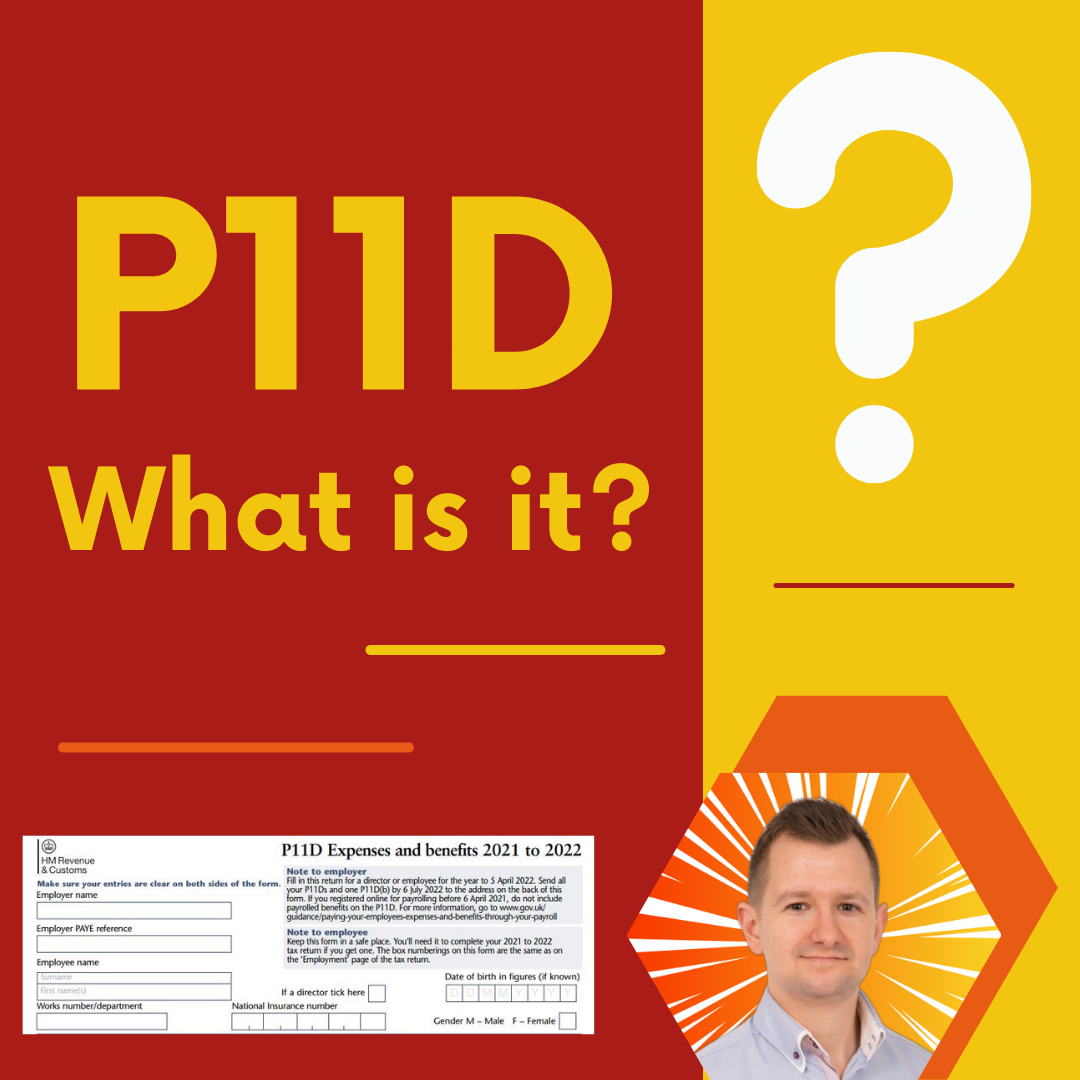
You can “payroll the benefits (you deduct the tax in relation to the benefits each time you process the payroll).
You don’t “payroll the benefits”, instead you disclose these to HMRC on an annual basis.
𝗧𝗵𝗶𝘀 𝗽𝗼𝘀𝘁 𝗮𝘀𝘀𝘂𝗺𝗲𝘀 𝘆𝗼𝘂 𝗵𝗮𝘃𝗲 𝗡𝗢𝗧 𝗯𝗲𝗲𝗻 “𝗽𝗮𝘆𝗿𝗼𝗹𝗹𝗶𝗻𝗴 𝘁𝗵𝗲 𝗯𝗲𝗻𝗲𝗳𝗶𝘁𝘀” 𝗮𝗻𝗱 𝗱𝗲𝗱𝘂𝗰𝘁𝗶𝗻𝗴 𝘁𝗵𝗲 𝘁𝗮𝘅 𝗮𝘀𝘀𝗼𝗰𝗶𝗮𝘁𝗲𝗱 𝘄𝗶𝘁𝗵 𝘁𝗵𝗲 𝗯𝗲𝗻𝗲𝗳𝗶𝘁 𝗶𝗻 𝗸𝗶𝗻𝗱, 𝗲𝗮𝗰𝗵 𝗺𝗼𝗻𝘁𝗵, 𝗳𝗿𝗼𝗺 𝘆𝗼𝘂𝗿 𝗲𝗺𝗽𝗹𝗼𝘆𝗲𝗲𝘀 (e.g. you WILL submit the information to HMRC on an annual basis).
It’s the time of the year, where your accountant will ask you if you’ve provided any Benefits in Kind to your employees.
I’m often looked at with a blank expression, or hear a groan from clients when I ask this so let me explain what I mean (I’ll give you some examples too):
A Benefit in Kind is a non-cash benefit, which has a monetary value, that you provide to your employee(s) – think of it as a “perk”.
There are LOTS of different examples of benefits in kind so check, with your accountant, if an expense is deemed to be a benefit in kind or not.
The benefits in kind I often come across are:
🚗 Company cars (and fuel)
😷 Private Medical Insurance
💰 Loans to staff
An A to Z guide of expenses and benefits is provided by HMRC here.
If you offer the above to your staff you’ll need to declare these to HMRC (your accountant or payroll provider will deal with this for you).
If your business provides a benefit in kind, not only do you have to declare these to HMRC your company will also have to pay National Insurance on the cash equivalent value.
The current National Insurance (NI) rate for the 21-22 tax year was 13.8% – we’ll focus on this rate for the purposes of this post.
The National Insurance rate increased to 15.05% from 6.4.2022 (so for benefits for the 22-23 tax year).
🟠Let’s say you provide private medical insurance to a staff member.
🟠The premium is £400
The national insurance (NI) the company will need to pay is £55.20 (£400 x 13.8%).
The NI must be paid to HMRC by 22nd of July following the tax year end (benefits are assessed on a tax year basis). So, in this example it’ll be payable by 22.7.2022.
The declaration of the benefit in kind (if doing the form version) must be submitted by 6th of July following the tax year end. So, in this example it needs to be submitted by 6.7.2022.
So that’s the impact on your business – what about the impact on individuals?
The benefit you receive (the cash equivalent) will be treated as earnings (as additional income).
So following the above example, you’ll have extra income of £400 which is taxable on you (the recipient of the benefit).
You will pay the tax at the tax rate relevant to you (e.g. on the tax bracket you sit in which depends on your other income).
I hope the above explains the basics of what a benefit in kind is and what you need to know as an employer.
Please contact us if we can be of any further assistance.
© Copyright 2025 Ultra Accountancy Ltd | Privacy Policy | Cookie Policy
Website Design by Pivotal Marketing